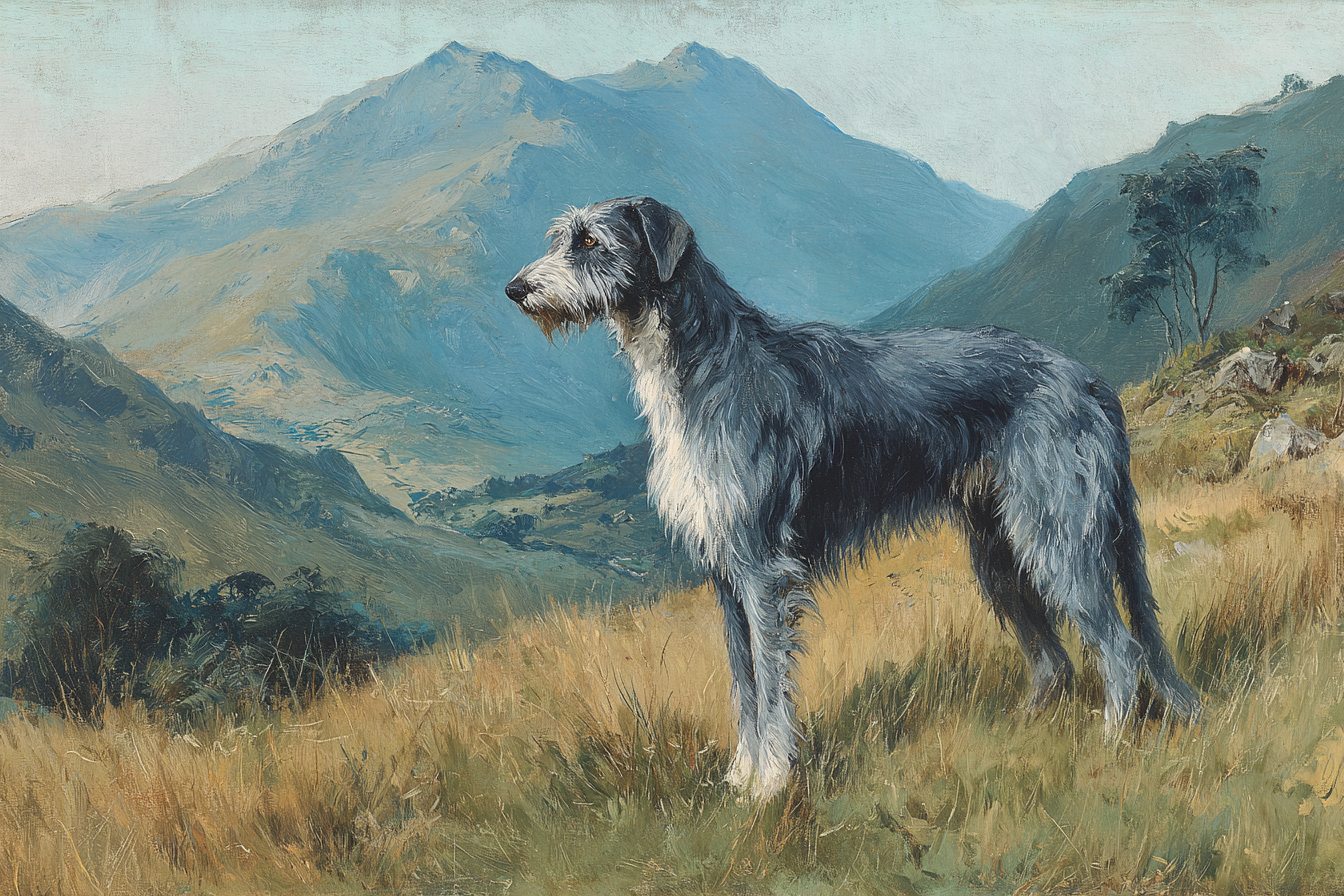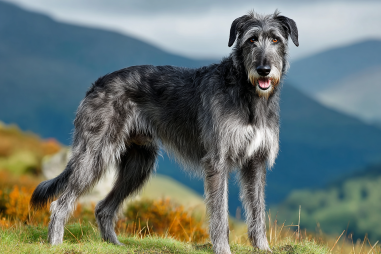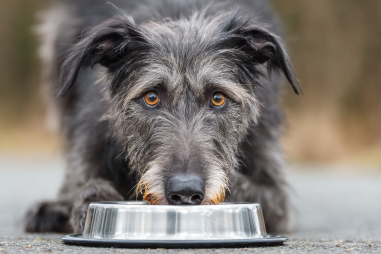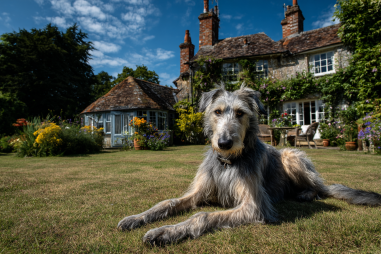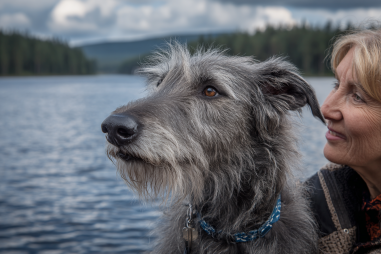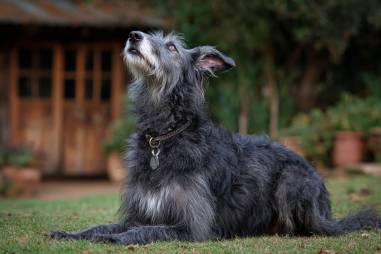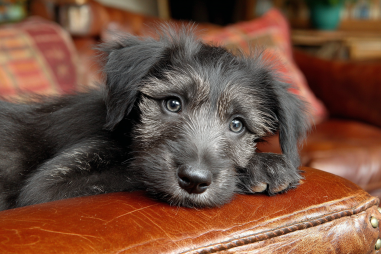If you’ve ever come across the majestic Scottish Deerhound, you might have been captivated by its graceful appearance and noble bearing. Known as the “Royal Dog of Scotland,” this breed carries with it centuries of rich history and cultural significance. From ancient hunting grounds to royal courts, the Scottish Deerhound has been admired for its speed, strength, and elegance. Join me as we journey back in time to uncover the intriguing history and origins of this remarkable breed.
Origins of the Scottish Deerhound
The Scottish Deerhound traces its roots deep into the mists of ancient Scotland, with its ancestry believed to date back over a thousand years. Bred specifically to hunt the native red deer, these dogs needed to be swift, powerful, and enduring. Unlike many other hunting dogs that relied on speed alone, Scottish Deerhounds combined pace with strength and the keen ability to track and tire their quarry over rugged terrain.
Genetic studies suggest that the Deerhound is closely related to other sighthounds such as the Greyhound and Irish Wolfhound, sharing common ancestors from northern Europe and the British Isles. Their early development was influenced by both native Scottish breeds and possible introductions of dogs brought by invading or migrating peoples. The result was a dog built for the harsh Highland landscape and the noble sport of deer stalking.
Role in Scottish Culture and History
The Scottish Deerhound wasn’t just a tool for hunting; it became a living symbol of Scottish heritage and nobility. For centuries, clan chiefs and Scottish kings prized these dogs as essential companions on hunts and as emblems of status and power. It’s said that during the reign of Robert the Bruce in the 14th century, Deerhounds were favored and bred to assist in controlling the thriving deer populations.
The breed was often associated with bravery and loyalty, qualities that echoed the spirit of the Scottish people. In literature and folklore, Deerhounds are frequently mentioned as faithful companions to warriors and hunters alike. Paintings from the 1800s often depict clan leaders alongside their Deerhounds, further cementing the breed’s iconic status within Scottish culture.
Evolution of the Breed
As hunting practices and the Scottish landscape evolved, so did the Deerhound. Originally, these hounds were stockier and more robust, built to navigate the dense forests and higher terrain. Over time, breeders refined the breed’s appearance and capabilities, emphasizing speed and agility without sacrificing endurance.
The 19th century marked a significant turning point. With the decline of aristocratic hunting and the rise of dog shows, the Scottish Deerhound’s image shifted towards that of a graceful and elegant companion rather than purely a working hunting dog. Breeders such as the Marquis of Lorne played a key role in standardizing the breed’s characteristics, shaping it into the slender, tall, and striking hound recognized today.
Modern Deerhounds exhibit a shaggy coat that offers protection against Scotland’s cold weather, along with long legs and deep chests built for sustained speed. Despite these changes, the breed remains true to its original purpose, capable of impressive bursts of speed and stamina when called upon.
Influence on Other Breeds
The Scottish Deerhound’s unique blend of strength, speed, and regal bearing has influenced the development of other breeds. Most notably, it played a considerable role in shaping the Irish Wolfhound. While these two breeds share many physical and behavioral traits, the Irish Wolfhound was bred larger and used primarily for wolf hunting, with the Deerhound complementing that purpose with a slightly more refined build.
Additionally, the Deerhound’s lineage contributed to various sighthound breeds across the British Isles and continental Europe. Its qualities made it a valuable ancestor, lending speed, a wiry coat, and tracking abilities to descendants. Today, dog enthusiasts appreciate the Deerhound not only for its hunting heritage but also as a foundational breed in the hound category.
Modern-Day Scottish Deerhound
Today, the Scottish Deerhound continues to captivate dog lovers around the world. While its role as a hunting partner is less common, it thrives as a gentle giant and loyal family companion. Known for being friendly, intelligent, and dignified, Deerhounds are excellent with children and adapt well to various lifestyles provided they get enough exercise and mental stimulation.
Modern breeders and enthusiasts are dedicated to preserving the breed’s health and temperament, maintaining careful breeding programs to avoid genetic issues and retain the qualities that make the Scottish Deerhound special. Owners appreciate not only the breed’s beauty and athleticism but also its calm and affectionate nature.
Despite their large size, Deerhounds have relatively low-maintenance grooming needs due to their wiry coat, which helps keep them clean and protected from the elements. Their calming presence makes them a favorite at therapy dog programs, showcasing their versatility beyond the hunting fields.
The Enduring Legacy of a Royal Dog
The Scottish Deerhound embodies a fascinating blend of history, culture, and natural beauty. From its early days tracking deer across rugged Highland terrain to becoming a cherished companion of Scottish nobility and beyond, the breed’s story enriches our understanding of Scotland’s heritage. Owning or simply admiring a Scottish Deerhound means connecting with a legacy that spans centuries, a living testament to loyalty, courage, and grace.
Whether you’re a dog lover, a history enthusiast, or someone who appreciates noble animals, the Scottish Deerhound offers a fascinating glimpse into a world where man and dog worked side by side, sharing adventures across the wild landscapes of Scotland.

